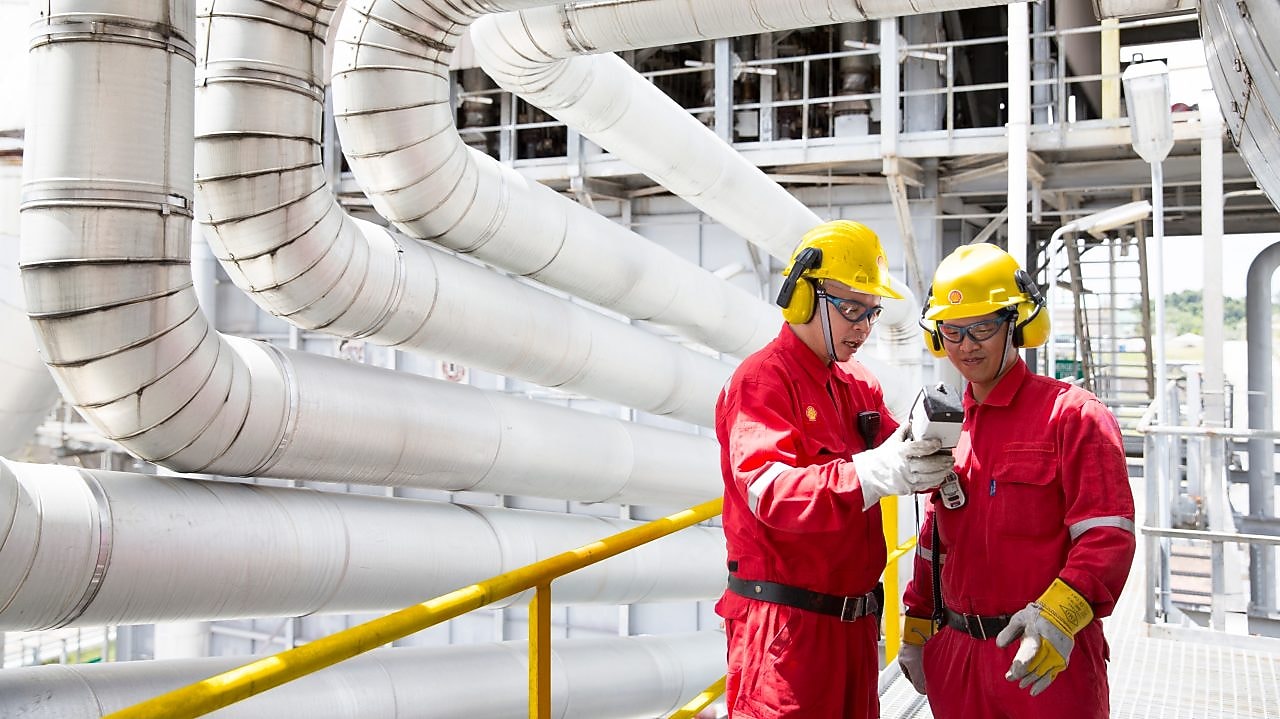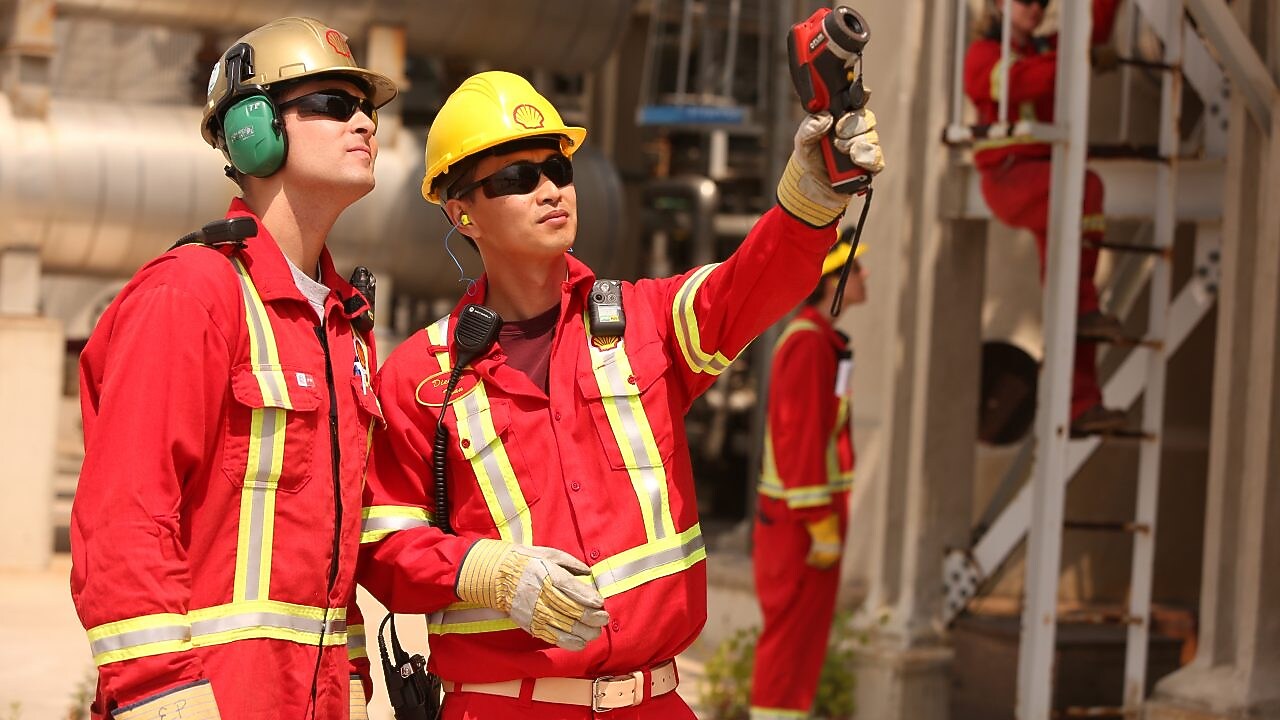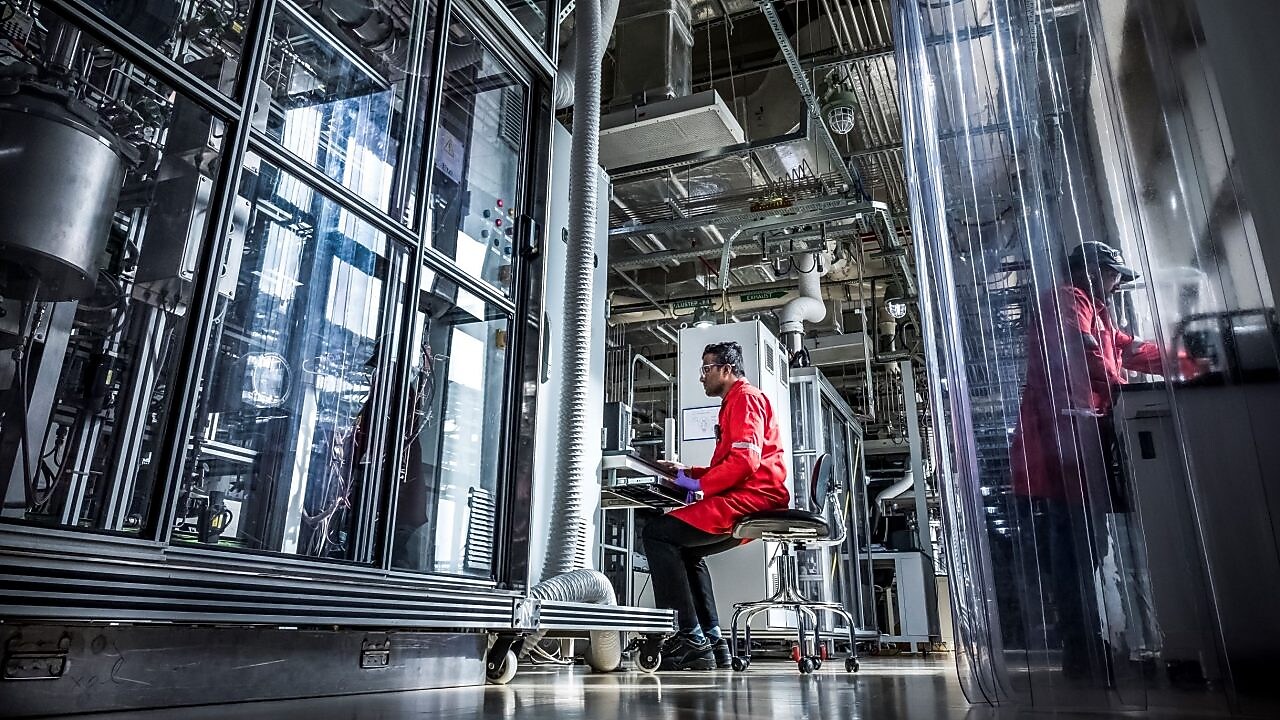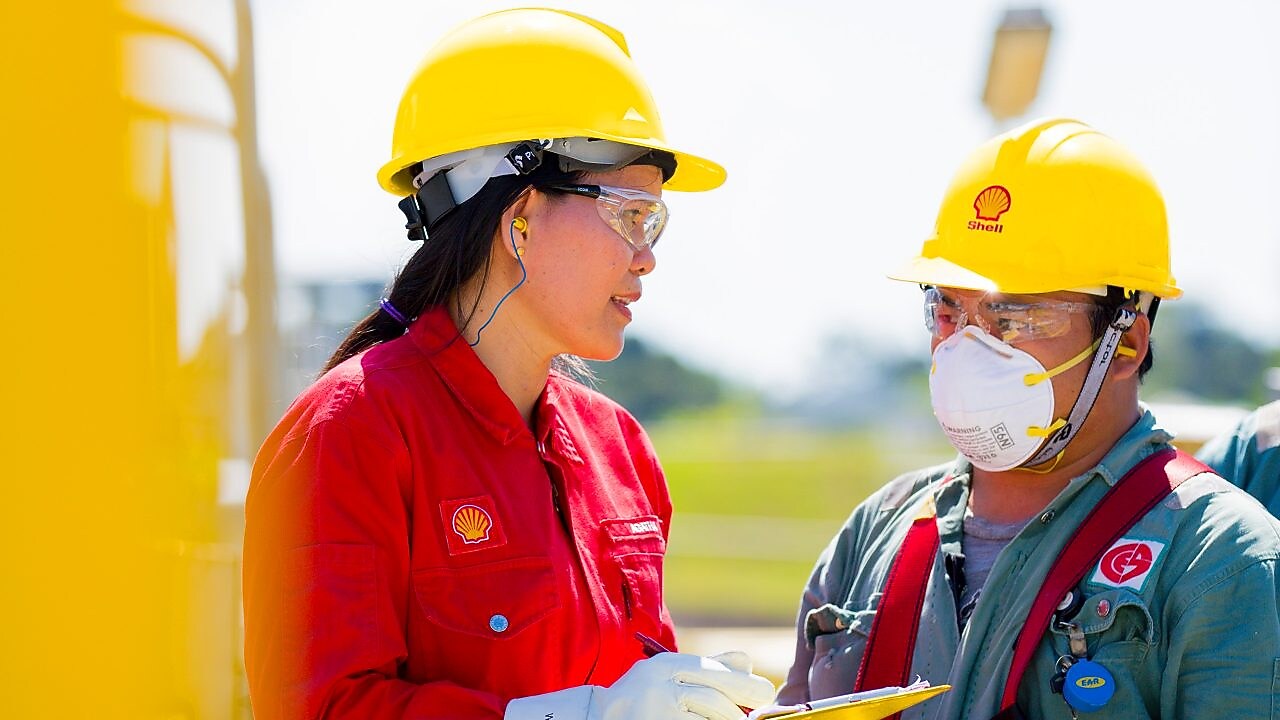尾气处理
壳牌催化剂与技术提供广泛的先进解决方案和工艺,以应对未来的炼油厂和天然气厂SO2排放。壳牌作为技术的运营方同时又是许可方的独特地位,在我们的尾气处理解决方案中得以体现。
满足超低SO2排放标准的尾气处理技术
对于新建炼油厂、天然气开发和/或某些地区,满足超低SO2排放标准(甚至低于世界银行限值)的要求越来越普遍。与此同时,随着无硫气田的枯竭,越来越复杂的含硫气田正在开发中,石油部门的原油也越来越重,含硫量越来越高。
为应对这些挑战,同时确保今后满足日益严格的SO2排放限值,需要能够超高水平回收硫(即使在处理困难的气流时也是如此)的技术。除满足日益严格的SO2排放限值之外,拟议的技术还应满足最低生命周期成本的要求。在这方面,壳牌催化剂与技术正在不断开发和/或改进其气体处理技术组合。
根据客户目标量身定制的技术
自20世纪70年代以来,壳牌催化剂与技术利用其在设计和运行壳牌克劳斯尾气处理(SCOT)装置方面的丰富知识和经验,为此目的不断完善该技术。公司还进一步丰富其尾气处理产品组合,新增了壳牌CANSOLV TGT+技术,并开发了下一代SCOT ULTRA技术,为运营商提供更大的灵活性,使其能够根据加工需求和目标获得完美定制的解决方案。
壳牌CANSOLV TGT+技术可作为一体化酸气处理解决方案的组成部分,实现超低SO2排放,并捕集酸性气中总硫的99.99%,同时将工艺流程的复杂性降至最低。该系统位于气体处理流程的后端,是从所有通往焚烧炉的含硫气流中捕集SO2的终端。
SCOT ULTRA采用更清晰的设计规则、改进的催化剂技术和新型先进的专有JEFFTREAT-ULTRA溶剂。这项新技术降低了运营成本,在更恶劣的条件下实现了更高的性能,并提高了对工艺变化和干扰的应变能力。该技术可应用于现有的尾气装置以及新的基层应用。
壳牌催化剂与技术已向300多台SCOT装置授予许可,这使得团队在利用尾气处理达到SO2排放限值方面建立了良好的背景。作为这些装置的设计者和运营商,壳牌具备获得最佳结果所需的知识和专业技术,并不仅仅提供设计和交付服务。

我们的减排结果经常达到并超过世界银行的限值。
壳牌作为我们所使用技术的运营商和许可方的独特地位,在我们的尾气处理解决方案中得以体现。壳牌克劳斯尾气技术(SCOT)、壳牌CANSOLV* TGT技术、SCOT Ultra和壳牌CANSOLV SO2净化系统只是我们自己信赖并使用以及根据合作伙伴的独特要求为其提供的其中几项服务。
世界银行、国际海事组织(IMO)和其他立法机构的立法每年都更加注重环境和可持续性。充分利用壳牌催化剂与技术经过验证的广泛解决方案以及我们的专业知识和合作伙伴关系,以获得最佳结果。


